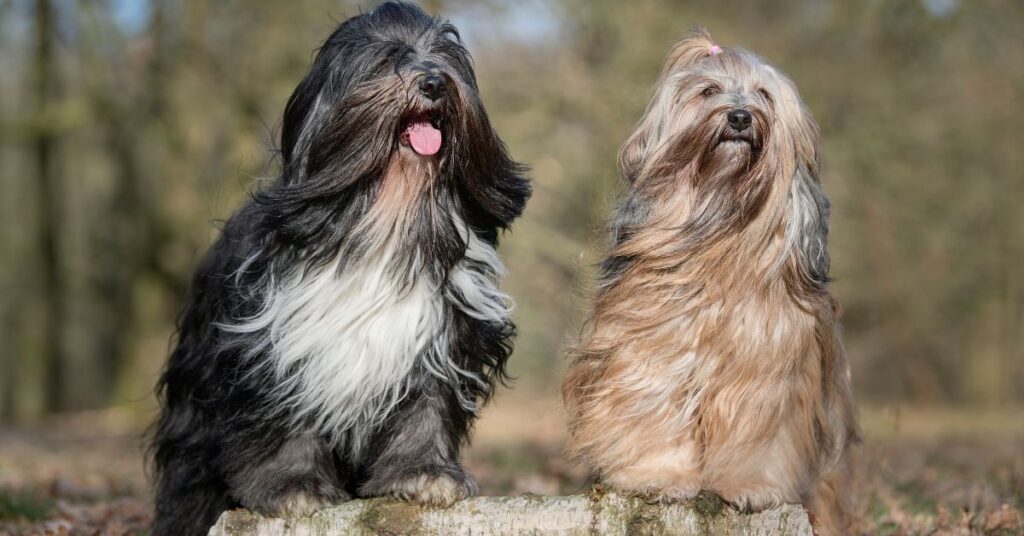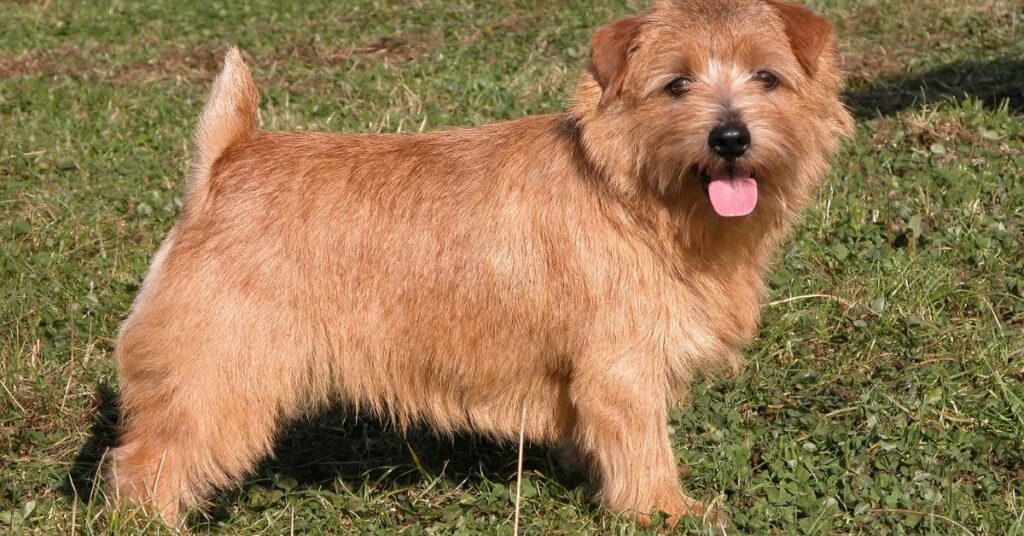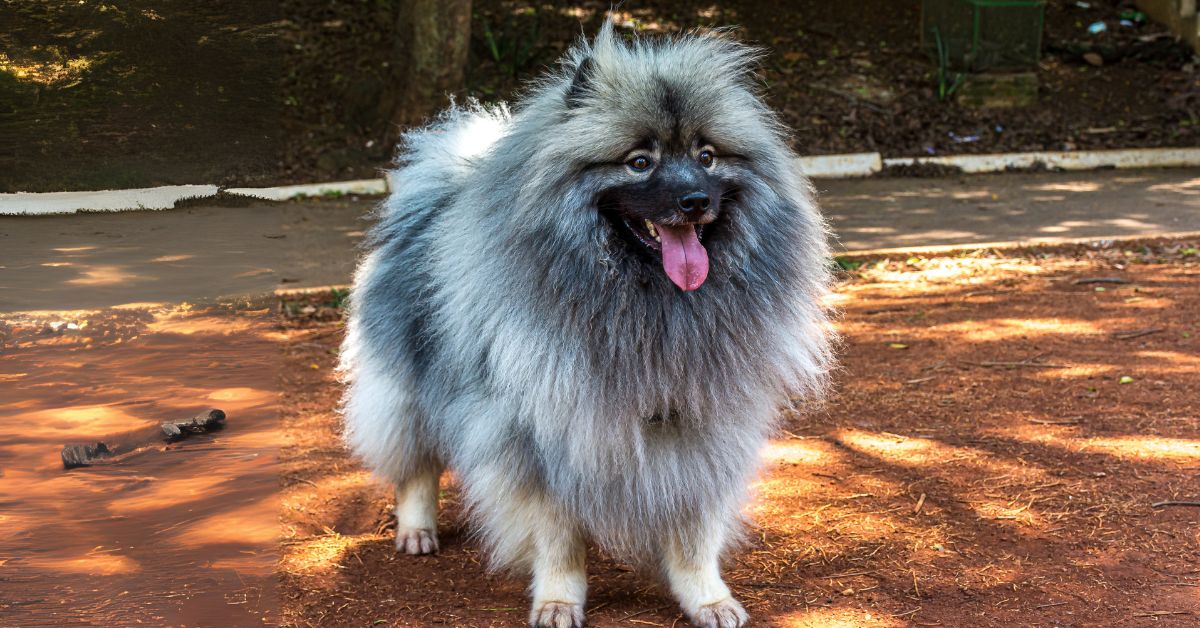The Tibetan Terrier is a medium-sized breed known for its friendly personality and distinctive appearance. Originating from Tibet, this breed is cherished for its affectionate, loyal, and adaptable nature.
*Disclaimer: This Post May Contain Affiliate Links. This Means That I Receive A Small Commission At No Extra Cost To You Should You Click Through And Make A Purchase. Learn More On My Policy Page
Breed Characteristics
- Breed Category: Non-Sporting Group
- Size: Medium
- Coat Length: Long
- Shedding: Low
- Hypoallergenic: Yes
- Grooming Requirements: High; regular grooming needed
- Life Span: 12-15 years
- Activity Level: Moderate
- Temperament/Personality: Friendly, affectionate, loyal
- Intelligence: High
- Trainability: Moderate; can be stubborn
- Space Requirement: Moderate; suitable for apartments
- Compatibility with Children & Other Pets: Good with proper socialization
- Health Issues: Prone to certain hereditary conditions
- Nutrition Needs: High-quality diet with balanced nutrients
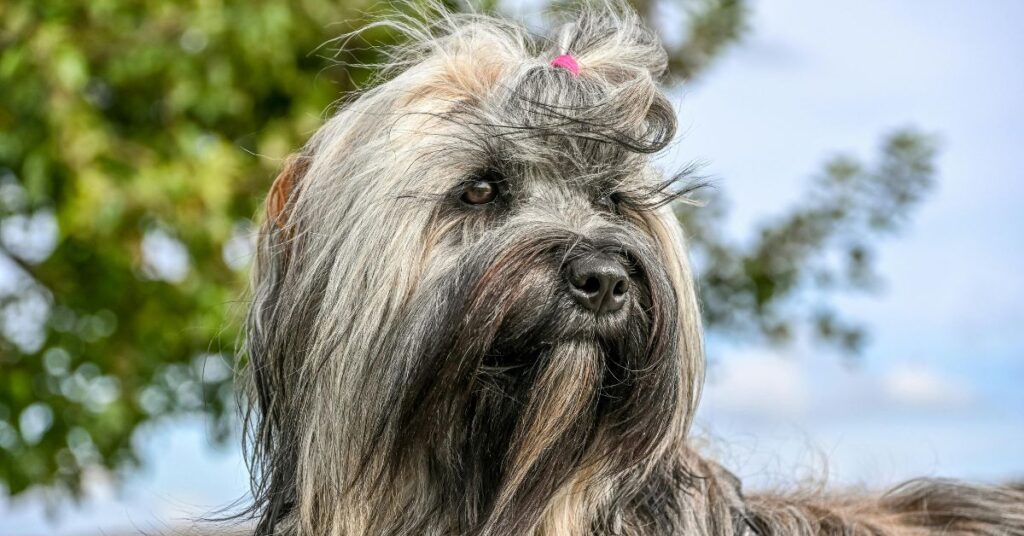
Origin and History
The Tibetan Terrier originated in Tibet, where it was bred as a companion and herding dog by monks and nomadic herders. The breed’s history dates back several centuries, and it was highly valued by Tibetan people for its versatility and protective nature. Tibetan Terriers were often considered good luck charms and were sometimes given as gifts to bring prosperity and happiness.
Appearance and Physical Characteristics
The Tibetan Terrier is a medium-sized, robust dog with a distinctive, long coat. Males typically weigh between 18 to 30 pounds, while females weigh slightly less. The breed stands about 14 to 17 inches tall at the shoulder. The coat is dense and can be found in various colors, including white, black, gold, and tricolor. The Tibetan Terrier has a distinctive appearance with a broad head, dark eyes, and a shaggy coat that covers its eyes.
Temperament and Personality
Tibetan Terriers are known for their friendly, affectionate, and loyal nature. They are confident and can be somewhat reserved with strangers, but they are affectionate with their family members. The breed is energetic and enjoys playtime and interactive activities. Tibetan Terriers are known for their strong-willed and determined personality, which can make them a challenge to train but also makes them highly endearing.
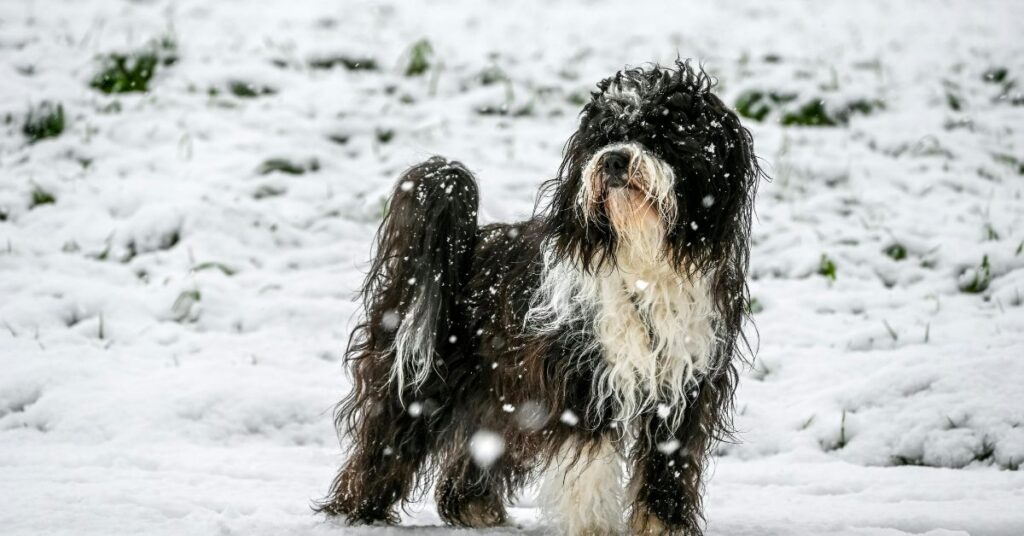
Intelligence and Trainability
Tibetan Terriers are highly intelligent but can be independent and stubborn. They respond well to positive reinforcement training methods, but their independent nature means they may not always be eager to please. Early socialization and training are important to help them develop good behavior and social skills. Consistent, patient training is key to managing the breed’s strong-willed nature
Compatibility with Children and Other Pets
Tibetan Terriers are generally good with children and other pets, but they may have a strong prey drive, which can lead to chasing smaller animals. Proper socialization is important to ensure they get along well with other animals. Tibetan Terriers are typically reserved and may be more suited to families with older children who understand the breed’s independent nature.
Health and Nutrition
Tibetan Terriers are generally healthy but may be prone to certain hereditary conditions, including hip dysplasia and eye disorders. Regular veterinary check-ups and a balanced diet are important for their well-being. A high-quality diet with balanced nutrients is essential to support their health and energy levels. Owners should monitor their weight and provide appropriate portion sizes to prevent obesity.
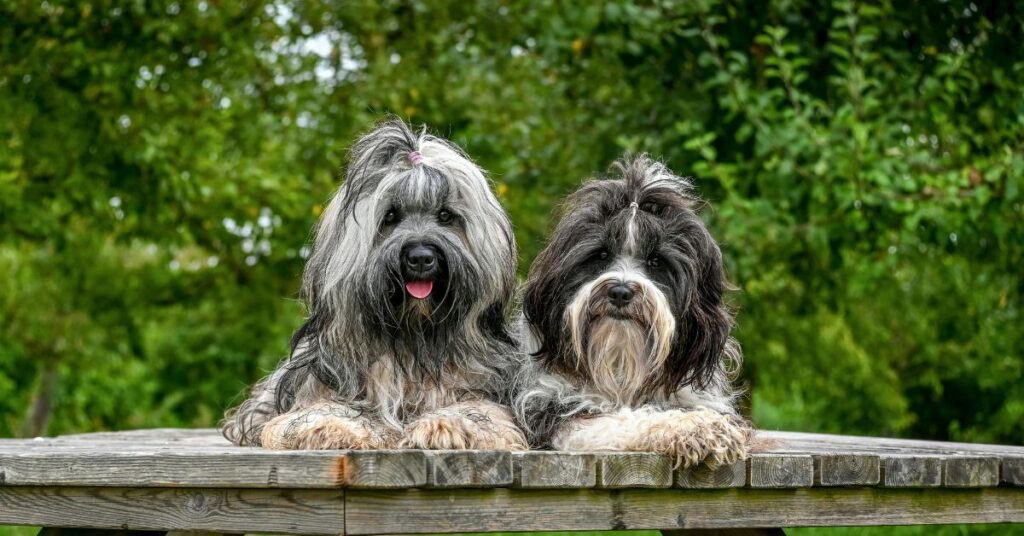
Exercise and Activity Level
Tibetan Terriers have moderate energy levels and require regular exercise to stay healthy and happy. Daily walks and playtime are essential to meet their exercise needs. The breed enjoys engaging activities and can benefit from participation in dog sports and other interactive activities. Regular physical activity is important to prevent boredom and maintain their overall well-being.
Grooming Needs
The grooming needs of Tibetan Terriers are high due to their long coat. Regular brushing and grooming are necessary to maintain the coat’s texture and appearance. Routine grooming tasks such as dental care, ear cleaning, and nail trimming are important to maintain their overall health. The breed’s coat requires regular attention to prevent matting and keep it looking its best.
Training and Socialization
Early training and socialization are crucial for Tibetan Terriers. They benefit from positive reinforcement techniques and consistent training practices. Socializing them with other dogs, people, and various environments will help them develop into well-adjusted adults. The breed’s independent nature may require patience and persistence during training.
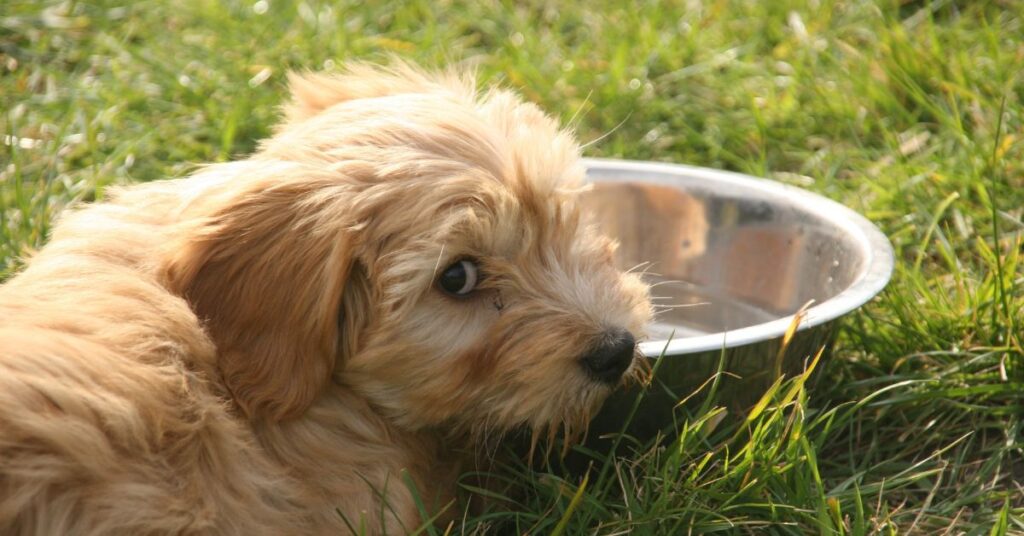
Famous Tibetan Terriers
Tibetan Terriers are known for their friendly appearance and loyal personality. The breed has appeared in various media and has a strong following among dog enthusiasts. Famous Tibetan Terriers have been featured in literature, films, and advertisements, showcasing their unique charm and character.
Conclusion
The Tibetan Terrier is a friendly, affectionate, and loyal breed that makes an excellent companion for those who appreciate its distinctive appearance and strong-willed nature. With proper training, socialization, and care, a Tibetan Terrier can be a loving and devoted member of the


